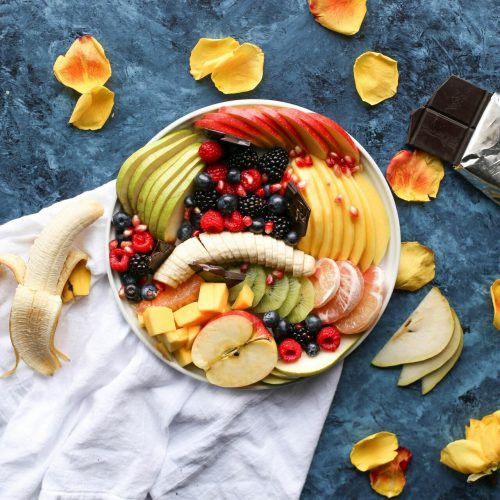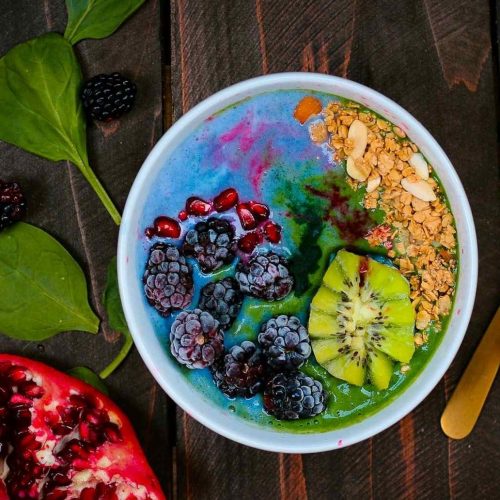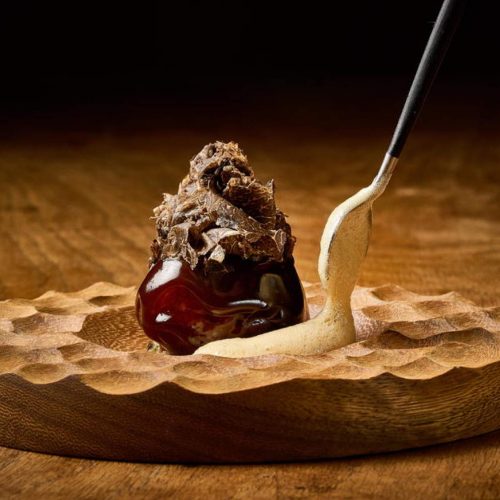What to eat in Autumn
As the long summer slowly comes to an end, the change in environmental conditions brings in the autumn harvest. Warming and nourishing foods will help ease the transition to cooler weather and keep your spirits lifted as the days become shorter and greyer. Below are some examples of the seasonal foods readily available in autumn and ways you can prepare them.
Pumpkins & Squash
Why?: Their high fibre content promotes the function of your digestive system and supports your gut health. Manganese aids calcium absorption, vitamin C aids bone formation and other minerals protect also help maintain the health of your bones and prevent osteoporosis. Potassium helps to decrease your blood pressure by offsetting excess sodium in your diet.
Try: Steamed and pureed pumpkin or squash makes a subtly sweet and creamy addition to your morning oatmeal or smoothie. You can also combine the puree with nutritional yeast, soaked cashews, non-dairy milk, minced garlic, Dijon mustard and seasoning to make a healthy vegan “cheesy” pasta sauce. 1 cup of squash or pumpkin puree with ¼ cup of nutritional yeast, ¼ cup of soaked cashews, ¼ cup of non-dairy milk, 2 teaspoons of minced garlic and 1 teaspoon of Dijon mustard makes enough sauce for 2 people.

Kohlrabi
Why? As a member of the brassica family of cruciferous vegetables, kohlrabi is rich in vital antioxidant compounds believed to protect against cancer. Fibre, potassium and iron aiding digestion, maintaining healthy blood pressure and increasing your body’s red blood cells respectively. Calcium improves your body’s uptake of iron which helps prevent anaemia. B-vitamins are involved in numerous biochemical reactions, making them essential for a healthy metabolism.
Try: Chop fresh kohlrabi into thin slices and serve with dips like hummus or guacamole. Spiralised kohlrabi makes a low-carbohydrate, high-fibre alternative to spaghetti pasta, and when combined with a creamy sauce (see above) it makes an indulgent yet highly nutritious meal.
Spinach, Kale, Chard & Calvo Nero
Why? Not only is the calcium in dark green leafy vegetables better absorbed by your body than the calcium in cow’s milk, it comes with a range of other essential vitamins, minerals and antioxidants. Magnesium can lower the risk of many diseases including diabetes and heart disease, and plant-based nitrates help prevent heart disease and high blood pressure. Folic acid is believed to reduce the risk of depression and is found to be more effective when consumed in its natural wholefood than in a supplement. To ensure you absorb the fat-soluble nutrients in leafy greens, combine them with healthy fats such as seeds, nuts or olive oil.
Try: Heat some olive oil in a pan and add plenty of sliced garlic before sautéing the leafy greens until they are wilted and soft. Serve on top of a hearty rice dish, such as risotto or Ayurvedic Kitchari, with toasted seeds or nuts for extra texture and optimum nutrient absorption.
Cabbage
Why? Like kohlrabi, cabbage is a member of the brassica family. Phytonutrients known as glucosinolates have unique detoxification and anti-cancer properties, whilst flavonoids and phenols have antioxidant properties. As well as being antioxidants, polyphenols are also anti-inflammatory agents.
Try: Make your own probiotic-rich pickled cabbage by combining shredded cabbage with a few teaspoons of apple cider vinegar and your seasoning of choice before leaving to sit in a sealed container in the fridge overnight.

Figs
Why? Figs are one of the most nutrient-dense fruits with a high concentration of vitamins and minerals including vitamin A, C, K, B vitamins, potassium, magnesium and calcium. Zinc, copper and selenium maintain hair health, with zinc speeding up hair follicle recovery. Fibre maintains your digestive health and can ease constipation.
Try: Add chunks of fresh fig to your breakfast bowls or baked goods, such as banana bread, for gooey pieces of sweetness. For an antioxidant-rich face mask, mash a couple of fresh figs and combine with a tablespoon of yoghurt. Apply the mixture to your face and leave on for 15 minutes before rinsing off with warm water.
Plums, Greengages & Damsons
Why? As well as being a rich source of many vitamins, minerals, flavonoids and phenols, stone fruits are believed to help prevent metabolic syndrome and obesity. Flavonoids improve insulin sensitivity, maintain bone health and help prevent age-related neurodegenerative disorders. The amino acid Tryptophan is involved in serotonin production; serotonin is involved in regulating sleep, appetite and concentration. Antioxidants and phytonutrients offer protection against cancer.
Try: Destone and roughly chop the fruits, place in a baking dish and top with a mixture of 1 cup of chestnut or almond flour, ½ cup of whole rolled oats, 2 teaspoons of cinnamon, a pinch of salt, ½ cup of coconut oil, ¼ cup of maple syrup and ¼ cup of nut butter before baking in the oven until the top has browned slightly. Serve this quick and easy crumble with dairy-free ice-cream or “nice-cream” for a healthy dessert, or top it with yoghurt for breakfast.
Chestnuts
Why? Copper and magnesium are crucial for bone growth and development. B vitamins, which are essential for neurological development and function, maintain a healthy nervous system and brain activity. Healthy fats promote nutrient uptake and support cellular health and hormone production.
Try: Chestnut flour is a grain-free and nutritious alternative to wheat flour. Try substituting wheat flour with chestnut flour next time you bake or make pancakes.

+ Words: Yasmin Razzaque
Yasmin Razzaque is a Biochemistry graduate with a keen interest in health and nutrition. She uses her scientific knowledge and ability to critically analyse research to write articles about healthy and sustainable eating and wellbeing.
Instagram: @yasminsophiya




